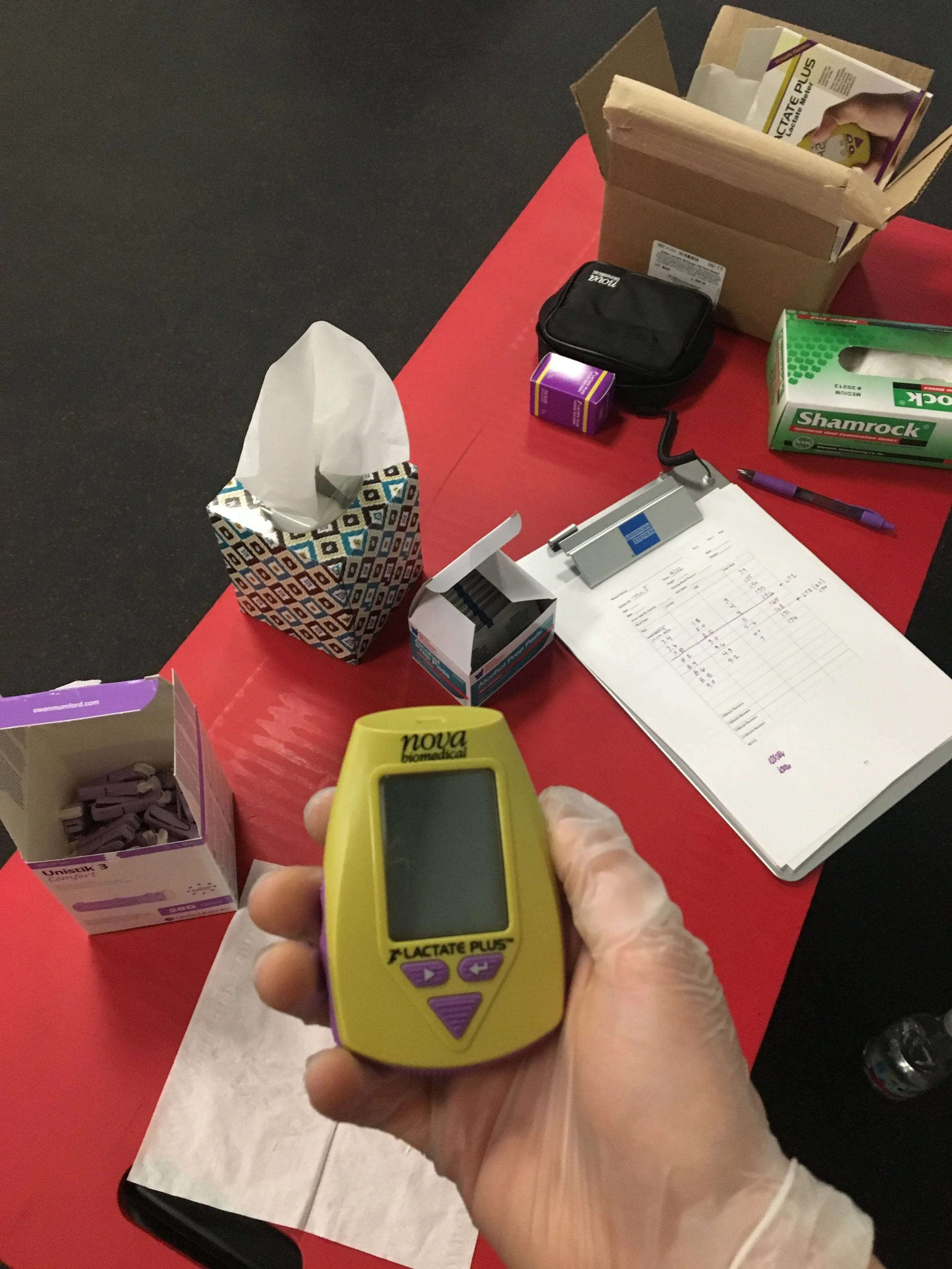If you have ever felt "burnt out" or "stale" I highly recommend doing a lactate threshold test with me to determine your training intensity zones. When I trained in college and post-colliegetely I felt like I struggled with performing my best in races, and after my experiences coaching and in my graduate research, it became eye-opening to me where I went wrong! The results from testing will clarify where your heart rate should be on easy days, tempo runs/cruise intervals, and repetition-based speed work. So many runners are either under or overtrained, or under-recovered (Jason's favorite way to put it). This will take the guess work out of it and you will probably enjoy the training process a lot more after!
Here's what a couple of our clients that took the plunge and have modulated their training based on their testing results have to say:
As I make the transition from one to two workouts per week, I need to be more careful about overextending myself on easy days, so that I can have higher quality workouts. I also have to make sure my workouts are in fact high quality. The LT testing has given me an objective tool to take the guesswork out of striving for those goals.
Plus, the predictive power of the test was just plain interesting. My second threshold, which is supposed to correlate with the effort you can sustain for 40 minutes, corresponded exactly to the pace I was able to sustain for 40 minutes at the Monument Avenue 10K.
Ken Shevlin
The Lactate Threshold Testing has provided me the information necessary to ensure I workout at the appropriate intensities for specific workouts. This allows me to maximize gains without sacrificing recovery.
Having LT 1 and LT 2 recorded as of a certain date provides a solid metric to measure gains and better determine what training blocks provide the greatest gains.
It’s also another piece of information for me to geek out about!
Tim Johnson

